Growing Prevalence of Viral Infections
The rising incidence of viral infections is a primary driver for the Antiviral Immunoglobulin Market. As viral diseases continue to pose significant health challenges, the demand for effective therapeutic options increases. Reports indicate that viral infections, such as hepatitis and cytomegalovirus, are becoming more prevalent, necessitating the use of antiviral immunoglobulins for treatment. This trend is further supported by the increasing awareness of viral diseases among healthcare professionals and patients alike. Consequently, the Antiviral Immunoglobulin Market is likely to experience substantial growth as healthcare systems strive to address these pressing health concerns.
Regulatory Support for Antiviral Therapies
Regulatory support for antiviral therapies is emerging as a vital driver for the Antiviral Immunoglobulin Market. Regulatory agencies are increasingly recognizing the need for effective antiviral treatments, leading to streamlined approval processes for immunoglobulin therapies. This supportive regulatory environment encourages pharmaceutical companies to invest in research and development, fostering innovation within the market. As new antiviral immunoglobulin products receive approval, the Antiviral Immunoglobulin Market is likely to expand, providing patients with access to a broader range of treatment options.
Technological Advancements in Immunotherapy
Technological innovations in immunotherapy are significantly influencing the Antiviral Immunoglobulin Market. Recent advancements in biotechnology have led to the development of more effective and targeted immunoglobulin therapies. These innovations enhance the efficacy of antiviral treatments, thereby improving patient outcomes. For instance, the introduction of monoclonal antibodies has revolutionized the treatment landscape, providing new avenues for combating viral infections. As these technologies continue to evolve, the Antiviral Immunoglobulin Market is expected to expand, driven by the demand for cutting-edge therapeutic solutions that offer improved safety and efficacy profiles.
Rising Awareness and Education on Viral Diseases
The growing awareness and education surrounding viral diseases are pivotal in shaping the Antiviral Immunoglobulin Market. Public health campaigns and educational initiatives are informing both healthcare providers and patients about the risks associated with viral infections. This heightened awareness is likely to lead to increased testing, diagnosis, and treatment of viral diseases, thereby driving demand for antiviral immunoglobulins. As more individuals seek preventive and therapeutic measures, the Antiviral Immunoglobulin Market is expected to witness significant growth, reflecting the importance of informed healthcare decisions.
Increased Investment in Healthcare Infrastructure
The surge in investment in healthcare infrastructure is a crucial driver for the Antiviral Immunoglobulin Market. Governments and private entities are allocating substantial resources to enhance healthcare facilities and improve access to antiviral therapies. This trend is particularly evident in developing regions, where the need for effective treatment options is paramount. Enhanced healthcare infrastructure facilitates the distribution and availability of antiviral immunoglobulins, thereby fostering market growth. As healthcare systems evolve, the Antiviral Immunoglobulin Market is poised to benefit from increased accessibility and improved patient care.


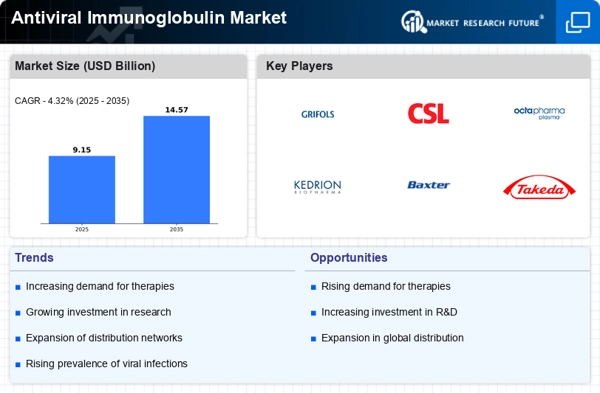
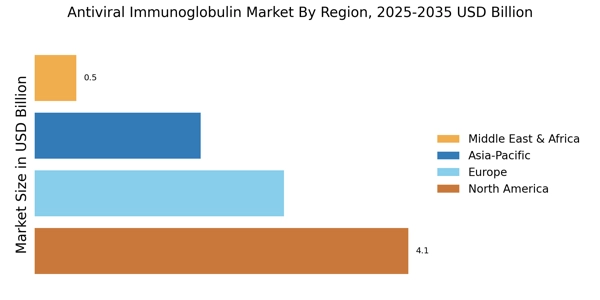

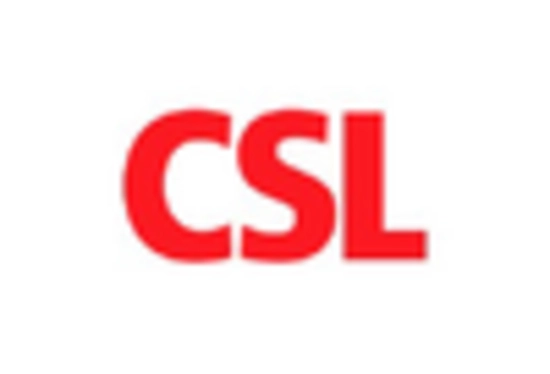
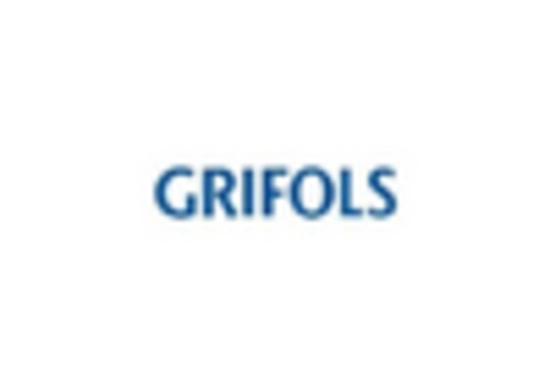
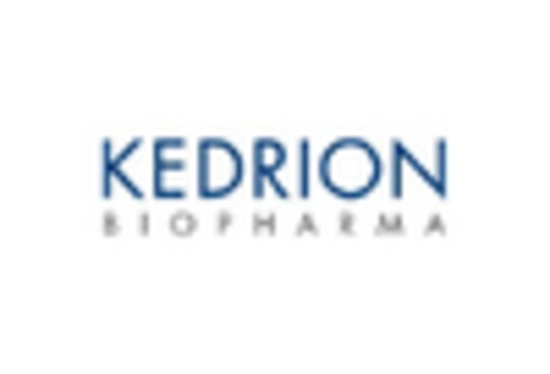
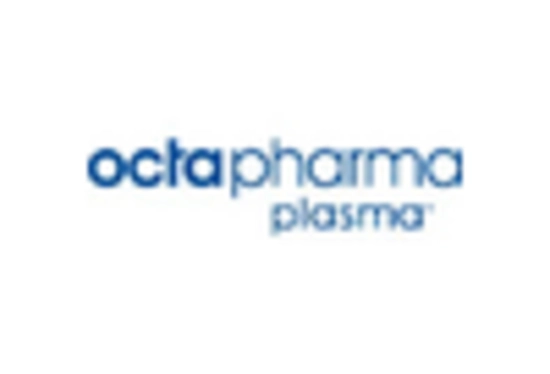
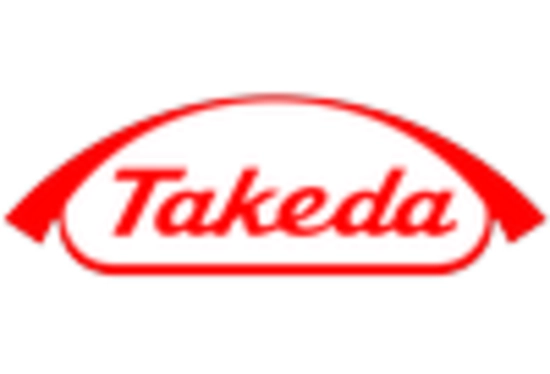








Leave a Comment